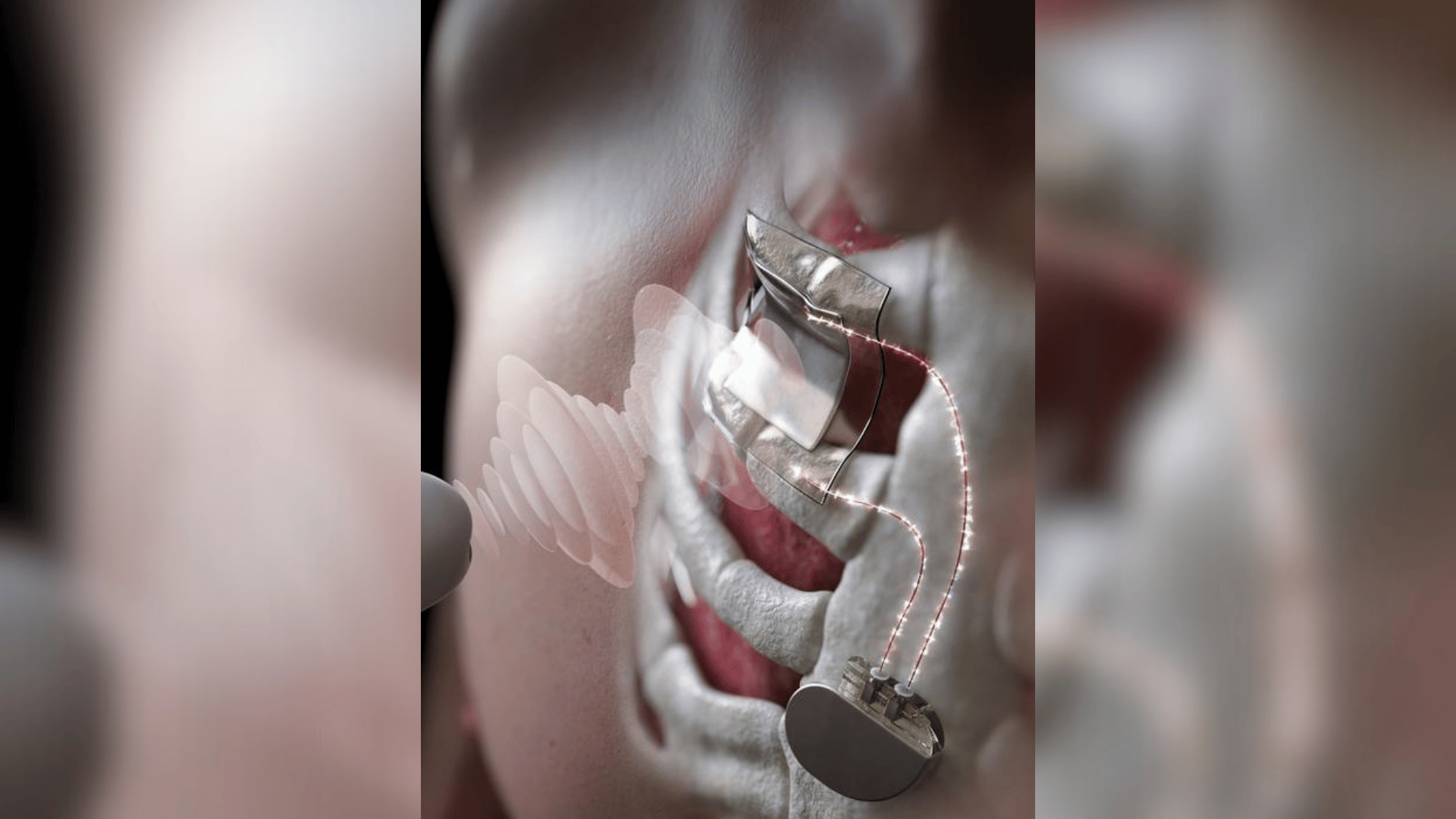A research team from the Korea Institute of Science and Technology (KIST) and Korea University designed a flexible and biocompatible ultrasonic receiver that enables wireless charging underwater.
Ultrasonic Receiver

This new technology could prove useful due to the growing demand for implantable medical devices or underwater electronics that can stay powered without wires or ports. Traditional wireless charging methods aren’t currently compatible in these environments as they’re short-range and susceptible to electromagnetic frequencies.
These issues could be solved with ultrasonic waves, which may be more compatible for this type of wireless energy because they’re less absorbed by water or biological tissue.
According to Interesting Engineering, the newly developed receiver uses high-efficiency piezoelectric materials in a stretchable structure that conforms to the human body. Led by Dr. Sunghoon Hur at KIST and Professor Hyun-Cheol Song at Korea University, the new technology improves power conversion and maintains a stable performance even when bent.
When tested, the device delivered 20 milliwatts of power at a 3 cm distance underwater and 7 milliwatts through 3 cm of tissue. This is enough energy to continuously run low-power wearables or medical implants like pacemakers and neurostimulators.
“Through this research, we have demonstrated that wireless power transmission technology using ultrasound can be applied practically,” said Dr. Sunghoon Hur at KIST in a press release. “We plan to conduct further research for miniaturization and commercialization to accelerate the practical application of the technology.”
The receiver’s ability to function so well underwater could also allow it to be used for long-term deployment in marine sensors and autonomous underwater drones. This would be useful as, during these missions, battery replacement and wired charging are challenging and inefficient.
The research, which was supported by the Ministry of Science and ICT under the KIST Institutional Program and the Nano-Material Technology Development Project of the National Research Foundation of Korea, was published in the journal Advanced Materials.


